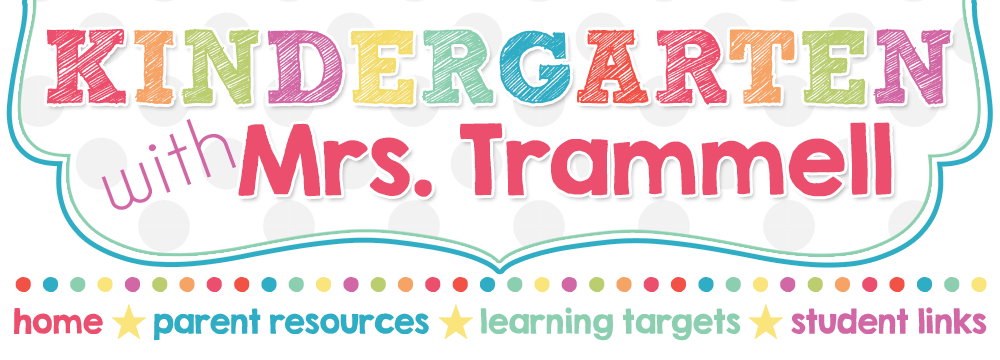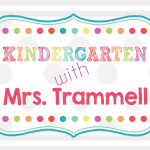Ask your child about estimation. What is an estimate? What can happen with an estimate; can an estimate be just about right, too small/short, or too big/long?
Ask your child what different means. How are a table and a horse different? How are baby animals different from adult animals? What are animals like in different parts of the world? How are a car and a bus different?
Ask your child how the rooster was different than the other characters in the story There's a Billy Goat in the Garden. How was the bee different?
What other differences can your child think of?
Ask your child if sizes can be different. How about differences in movements? What about sounds; how can sounds be different? What if letters went in a different order--is the word at different from ta?
Different, move, size, sound, and estimate are words we worked on this week.
We're almost through learning how to write all capital letters correctly. Ask your child how a C and an O are different. Ask your child how an O and a Q are different.
Ask your child about syllables. We've been working on listening for how long words sound and how we can break them up into parts. We break up syllables with clapping in our classroom. Give your child some words and ask him or her to clap the syllables. Careful--the one syllable words can be tricky!
Ask your child to think of all of the words he or she can than begin with the letter n. See how long the list can get!
Thursday, October 16, 2014
More Word Work
Coming home soon, you may notice some pages looking like this.
These pages help us listen to the sounds we hear and write the letter that makes those sounds. This is an important step in both reading and spelling.
As part of our word work, I'll say a sound, and students will write the letter that makes the sound. Then I'll say a word. Students work on listening to all of sounds of the word and write each sound they hear. For example, I might say bat. Students will listen for the /b/, the /a/, and the /t/ and write b a t.
Sometimes we might circle words or cross out words. This is just a way for us to read what we've written. For example, I might say, circle the word that rhymes with cat or cross out the word that is animal that flies. This makes the students look at each of the words and determine which one to circle or cross out.
Towards the bottom of the page, you might notice that we practice writing certain letters or particular sight words. This is just more practice for us. We're working on becoming very familiar with letters and sight words.
These pages help us listen to the sounds we hear and write the letter that makes those sounds. This is an important step in both reading and spelling.
As part of our word work, I'll say a sound, and students will write the letter that makes the sound. Then I'll say a word. Students work on listening to all of sounds of the word and write each sound they hear. For example, I might say bat. Students will listen for the /b/, the /a/, and the /t/ and write b a t.
Sometimes we might circle words or cross out words. This is just a way for us to read what we've written. For example, I might say, circle the word that rhymes with cat or cross out the word that is animal that flies. This makes the students look at each of the words and determine which one to circle or cross out.
Towards the bottom of the page, you might notice that we practice writing certain letters or particular sight words. This is just more practice for us. We're working on becoming very familiar with letters and sight words.
Sunday, October 12, 2014
Working with a Ten Frame
This week we did two activities with a ten frame. One of our goals was to use a ten frame to figure out story problems. I would say a story problem, and students would show the problem and answer using a ten frame.
For example, I might say "three people got on the bus at the first bus stop, two students got on the bus at the next stop. How many people are on the bus?"
Then we would extend it. I might say, "the bus holds ten students. How many more students can get on the bus?"
Another activity we did with ten frames was learning about teen numbers. Our big idea is that teen numbers are 10 + another number. We would tell number stories with teen numbers, too. At first ten people got on the bus, then another six people. How many people are on the bus?
Working with a ten frame helps us in math!
Saturday, October 11, 2014
How Many Pumpkins? How Many Apples?
We've been looking for items in our classroom that are longer than we are. We found some; see?
Then we looked for items that are shorter than we are.
Last, we looked for things that are just about the same length as our bodies.
After that, we wondered how many apples tall are we? How many pumpkins would it take to be as tall as we are? Take a look:
We'll be turning our findings into a class book. Stay tuned!
Then we looked for items that are shorter than we are.
Last, we looked for things that are just about the same length as our bodies.
After that, we wondered how many apples tall are we? How many pumpkins would it take to be as tall as we are? Take a look:
We'll be turning our findings into a class book. Stay tuned!
Friday, October 10, 2014
Making Predictions
I've realized that I haven't shared a lot about what we are doing in reading yet this year. Just because I haven't shared what we're doing in reading doesn't mean we haven't been doing any! :)
One of our focuses in reading over these past few weeks has been to make predictions. We have learned to make predictions before we start reading and while we are reading. We first learned that a prediction is a good guess about what might happen or what might an answer be.
One of the books that really helped us focus on making predictions was Blueberries for Sal by Robert McCloskey.
During our reading of the book, we made predictions about what might happen next, about how the characters might be feeling, and why the characters might be making the choices they are making.
We realized that there were three things that helped us make predictions.
We can look at the pictures. We can think of what the words are telling us. We can use what we already know. Each time a student makes a prediction, we practice telling how we came up with the prediction. Was it from the pictures? Was it from the words in the text? Do you know something about this already?
We have made predictions while reading so many of our books. Good readers make predictions while reading every book! We'll continue to work on making predictions all year. We're working on finding out if our predictions were correct or not.
One of our focuses in reading over these past few weeks has been to make predictions. We have learned to make predictions before we start reading and while we are reading. We first learned that a prediction is a good guess about what might happen or what might an answer be.
One of the books that really helped us focus on making predictions was Blueberries for Sal by Robert McCloskey.
During our reading of the book, we made predictions about what might happen next, about how the characters might be feeling, and why the characters might be making the choices they are making.
We realized that there were three things that helped us make predictions.
We can look at the pictures. We can think of what the words are telling us. We can use what we already know. Each time a student makes a prediction, we practice telling how we came up with the prediction. Was it from the pictures? Was it from the words in the text? Do you know something about this already?
We have made predictions while reading so many of our books. Good readers make predictions while reading every book! We'll continue to work on making predictions all year. We're working on finding out if our predictions were correct or not.
Turn and Talks
Have you heard of turn and talks yet? It's something we do almost daily across so many subjects.
When we turn and talk, there is a particular topic to discuss. For example, we might want to talk about what we know about pumpkins. We might talk about ways to make the number 10. We might talk about what might happen next in the story.
When we turn and talk, we turn our bodies to someone next to us. Our knees are facing each other, our faces are looking at each other.
When we turn and talk, each partner gets a chance to say what is on his/her mind about the topic. Each partner gets a chance to listen, too.
When we turn and talk, sometimes we get to share our thoughts with the whole class. Sometimes we have to share what our partner says. Turn and talks allow us to share our thinking and listen to other's thinking.
When we turn and talk, there is a particular topic to discuss. For example, we might want to talk about what we know about pumpkins. We might talk about ways to make the number 10. We might talk about what might happen next in the story.
When we turn and talk, we turn our bodies to someone next to us. Our knees are facing each other, our faces are looking at each other.
When we turn and talk, each partner gets a chance to say what is on his/her mind about the topic. Each partner gets a chance to listen, too.
Tuesday, October 7, 2014
Nouns
We've been learning and people, places, and things are nouns!
We first make a circle thinking map to help us think of what we already knew about nouns.
Then we colored pictures by a certain code. You may have seen it come home. People were colored green, places were colored red, and things were colored blue.
Then we did another thinking map using nouns. We did what is called a tree map to classify and group nouns by people, places, and things.
I'm so impressed with how well students are learning about nouns. Up next: plural nouns!
We first make a circle thinking map to help us think of what we already knew about nouns.
Then we colored pictures by a certain code. You may have seen it come home. People were colored green, places were colored red, and things were colored blue.
Then we did another thinking map using nouns. We did what is called a tree map to classify and group nouns by people, places, and things.
I'm so impressed with how well students are learning about nouns. Up next: plural nouns!
Subscribe to:
Posts (Atom)



